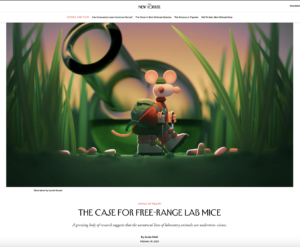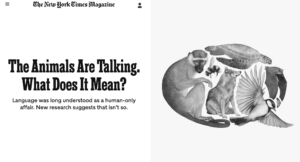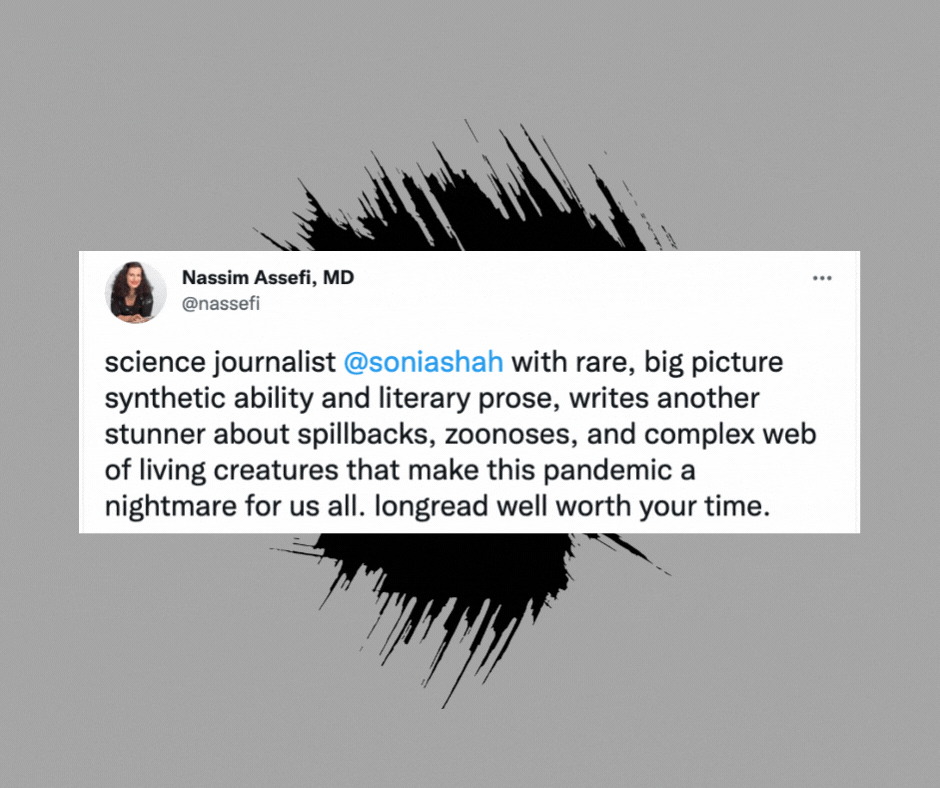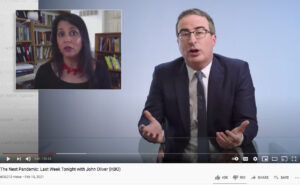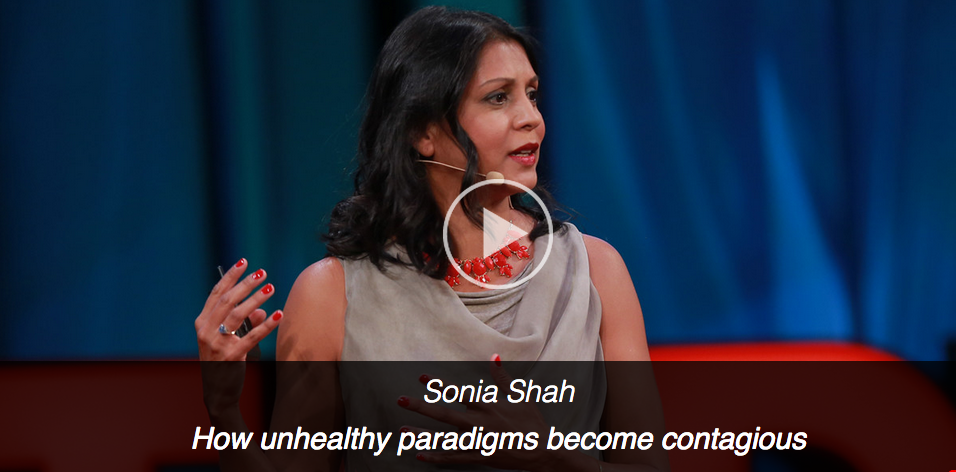A few years ago, in connection with research for my new book (Cholera’s Child: Tracking the Next Pandemic), I encountered a collection of physicians’ reports from an 1832 cholera epidemic in New York City. Along with their descriptions of the mysterious disease and outrage at the mayor and city council, who refused to alert the public about the arrival of cholera, the physicians had included in these reports detailed tables, listing every case of cholera that occurred in the city, along with victims’ addresses.
One of the many aspects of the 19th century cholera epidemic in New York City that interested me was its striking similarity to the ongoing cholera epidemic in Haiti. The disease had been introduced via novel means (in the case of New York, the newly opened Erie Canal; in Haiti, the arrival of UN peacekeepers from Nepal). New Yorkers, like Haitians, had no immunity to the disease. The islands they lived on had been deforested and were subject to flooding, and their populations lived in crowded, unsanitary conditions. The result: massive numbers of cases and deaths, along with the political instability that follows.
I wasn’t sure what could be done with these old New York City addresses. The city’s changed tremendously since then, and most were outdated. But they were so detailed, and they pre-dated John Snow’s famous cholera map of 1854 by a couple decades. Plus, I knew there was a similar data-set available in Haiti. That summer, I’d interviewed Oliver Schulz in Port-au-Prince, where he directed Medecins Sans Frontieres’ cholera treatment centers. He had told me the organization had collected GPS data on all the cases they’d been treating in the country since the beginning of the epidemic in 2010.
So I spent a few weeks entering the physicians’ information into a spreadsheet. When I found out that the New York Public Library had recently geocoded historical maps of New York City, I realized that it might be possible that the two epidemics could be plotted on side-by-side maps.
The wonderful Pulitzer Center on Crisis Reporting stepped in with the funding and expertise to do just that. This October, we launch “Mapping Cholera: A Tale of Two Cities,” an interactive story-map of the two epidemics, on Scientific American magazine’s website. The story-map will be made freely available and easily embeddable on October 11, the fourth anniversary of the cholera epidemic in Haiti.
On November 4, 2014, the New York Academy of Medicine is hosting a special event around “Mapping Cholera.” There’ll be a panel discussion with me, Dr. Jonathan Epstein of EcoHealth Alliance, the Pulitzer Center, and Medecins Sans Frontieres, about the story-maps; the past, present, and future of cholera epidemics; and their connection to ongoing epidemics of new disease around the world such as Ebola in West Africa. A light reception follows. That event is free and open to the public, but registration is required. Click here for more info.




